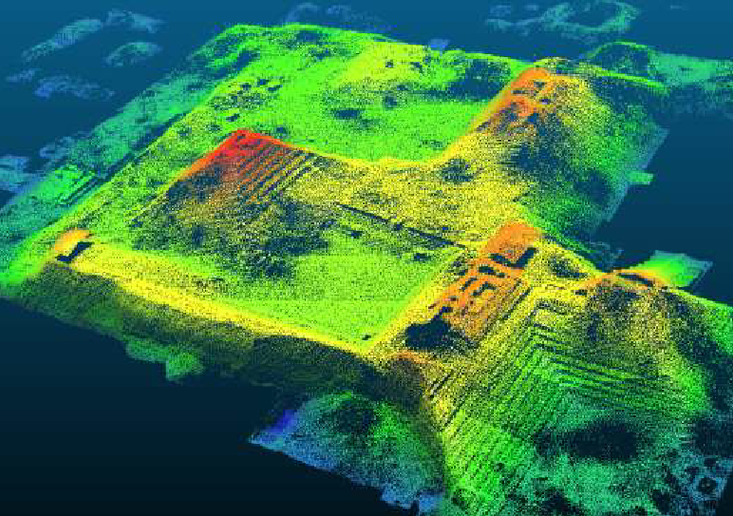
| LiDAR is a critical component of ADAS (Advanced Driving Assisting System), AVs (Autonomous Vehicles), and industrial automation systems. Highly efficient VCSELs (vertical-cavity surface-emitting lasers), with their tiny footprint, attractive pricing, and remarkable reliability and performance, will undoubtedly have an increased positive effect on the LiDAR industry. 100% solid-state LiDAR systems show great potential as the next evolution in LiDAR technology, aiming to replace traditional bulky and expensive mechanical spinning and microelectromechanical systems (MEMs) LiDAR systems. RPMC Lasers is committed to providing the LiDAR industry with high-quality, reliable, and affordable VCSEL solutions. | 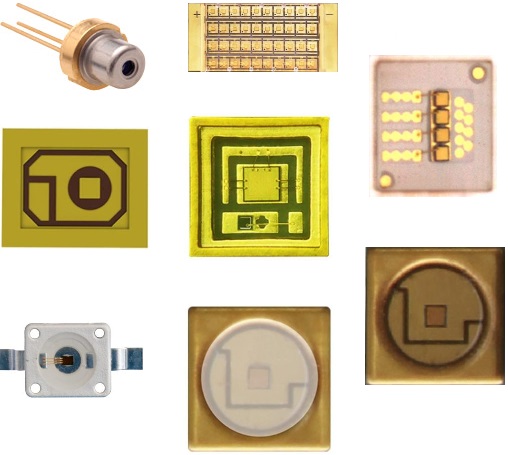 |
Sharing the 100% solid-state LiDAR classification, Flash LiDAR and Optical Phase Array (OPA) LiDAR systems lack moving parts, minimizing the vibration effect. All components can be integrated onto a single board to reduce the size, increase performance, and improve ruggedness.
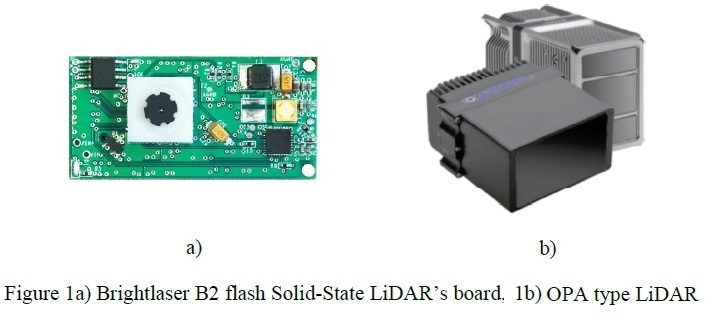
The principle of solid-state Flash LiDAR is to illuminate the FOV with a single flash from a wide-angle laser source, then detect the back-scattered light by an array of photodetectors, similar to a camera capturing one image per snap of the shutter. OPA LiDAR utilizes a 2D array of laser emitters and independently controlled phase shifters to form arbitrary far-field patterns and change the beam’s direction. This concept comes from the phase-array of antennas in RADAR technology, just in the nanoscale.
The range, repetition rate, and resolution are the critical parameters of LiDAR. The range refers to how far the LiDAR system can “see” and still have enough data to distinguish an object. The ‘repetition rate’ is how frequently the LiDAR system pulses, capturing images with each pulse. A higher resolution allows for the application of more data points within a given FOV. The table below shows a comparison of range, repetition rate, resolution, and software/hardware complexity among different LiDAR methods.

High-power VCSEL diodes, with short pulse widths and small beam divergence, are the perfect choice for solid-state LiDAR! VCSELs easily integrate with your system, offering package options, including SMD 2016 and TO46 TO-can. Multi-channel VCSEL arrays incorporate several dies into a single package, 1×4, 1×8, 1×16 arrays, while individually controlling each die to meet unique application requirements.
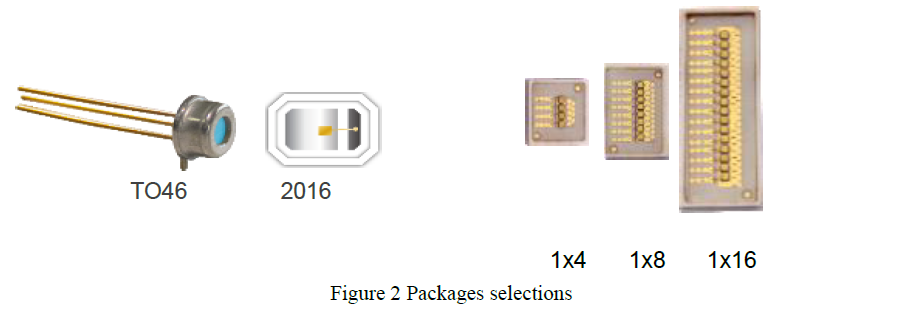
VCSELs are available at 850nm and 940nm wavelengths, with the 850nm wavelength providing good penetration in high humidity environments. Silicon CMOS photodetectors enable the detection of these wavelengths with high sensitivity. Pulsed optical powers from 10W to 1000W are available for short to mid-range targets. VCSELs, providing smaller beam angles, allow for improved LiDAR resolution.
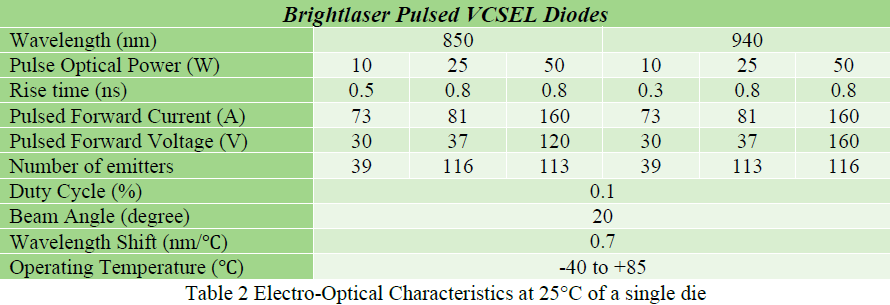
Additional advantages of VCSELs:
- Easy to integrate with photonic and electronic components on a single board.
- Easy to stack numerous VCSEL dies, providing high-power laser sources.
- Selectively adjust power to each VCSEL die to scan the critical field.
- Less wavelength drift with high temperatures, resulting in highly effective signal sensing.
- Less sensitive to signal emitter failure.
- Higher reliability.
Last, but not least, multi-junction VCSELs for LiDAR can achieve higher peak power with a smaller emission area, which reduces the complexity of the optical system.
See Our Selection of VCSEL Products!
Talk to a knowledgeable Product Manager today by Contacting Us here, or by calling us at 636.272.7227!

 SHIPS TODAY
SHIPS TODAY 